A third of California is privately-owned forestland, woodland or grassland. From redwood forests on the north coast to oak savannas in the foothills, these “working wildlands” harbor native plants and animals and natural resources that shape California’s cultural and economic identity. The agricultural goods produced in these landscapes feed into a global market – from beef and dairy to building materials. Rangelands also help recharge groundwater. Healthy forests enhance water quality.
Harvest practices that are unsustainable, however, or conversion of these landscapes to more intensive land uses, can degrade habitats and reduce the flow of important benefits to people.
Working wildlands are what keep California stitched together ecologically. Their continued economic viability is key to the persistence of the ecological benefits they provide. Conservancy scientists work to figure out how to protect and enhance the function of these landscapes – as a critical network for nature.
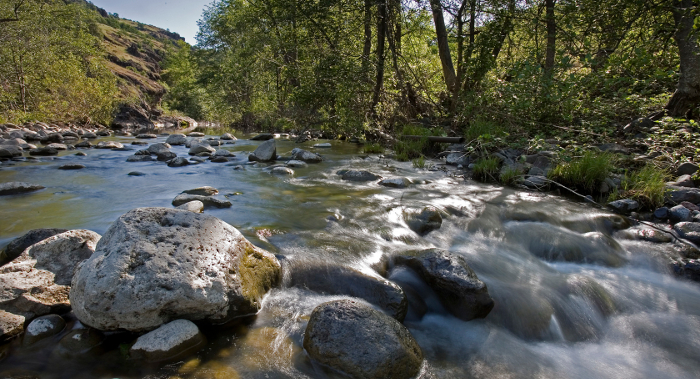
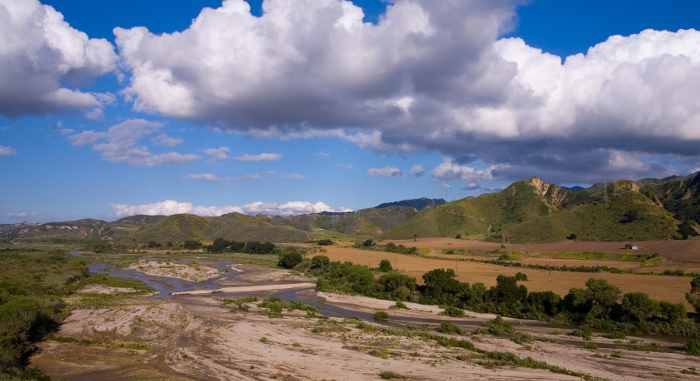
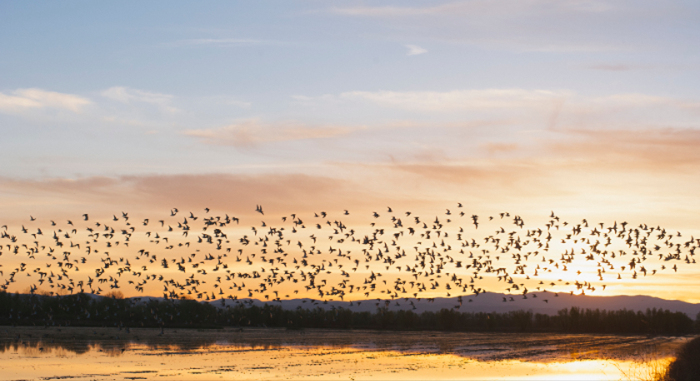
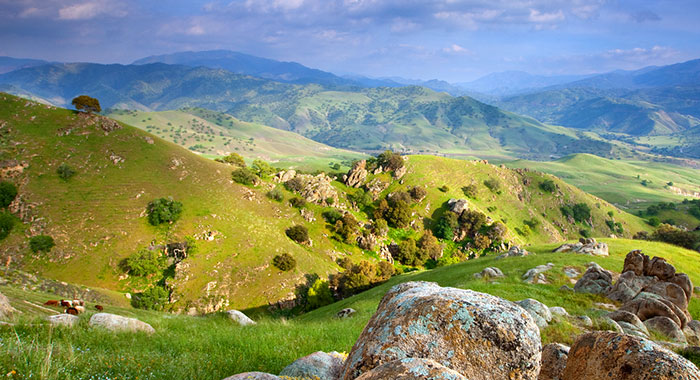

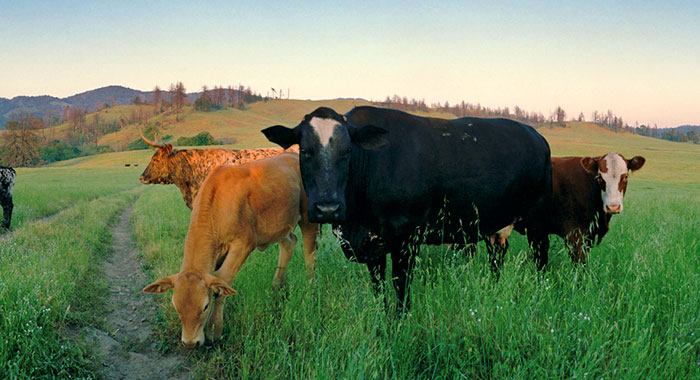
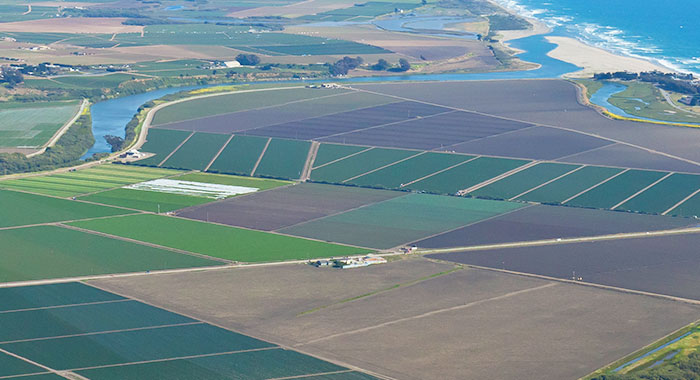

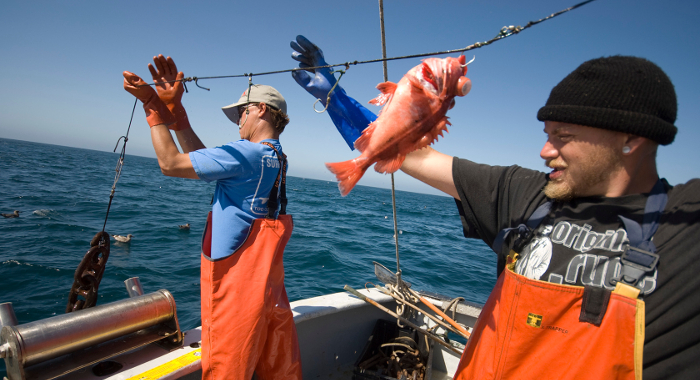



Kathryn M. Langin, T. Scott Sillett, Scott A. Morrison, Cameron K. Ghalambor
Island Scrub-Jays, a species restricted to 250 km2 Santa Cruz Island, CA, have different bill forms depending on whether they occupy oak or pine dominated habitat, a pattern that may be associated…The Nature Conservancy, Matt Merrifield
Nearly half of the world depends on seafood for their main source of protein. In the Western and Central Pacific, where 60% of the world’s tuna is caught, illegal, unreported, and unregulated…Kristen E. Dybala, Neil Clipperton, Thomas Gardali, Gregory H. Golet, Rodd Kelsey, Stefan Lorenzato, Ron Melcer, Jr., Nathaniel E. Seavy, Joseph G. Silveira
The Conservancy and partners are working to establish riparian ecosystems that provide sufficient habitat to support genetically robust, self-sustaining, and resilient bird populations in…Kristen E. Dybala, Neil Clipperton, Thomas Gardali, Gregory H. Golet, Rodd Kelsey, Stefan Lorenzato, Ronald Melcer, Jr., Nathaniel Seavy, Joseph G. Silveira, Gregory S. Yarris
Quantitative population objectives are necessary to achieve conservation goals of secure or robust wildlife populations, however, existing methods for setting them often require extensive…Kristen Wilson, Erik Lowe, Stacey Wolny, Barry Nickel , Rodd Kelsey
This study demonstrates how science-based planning with stakeholder input can improve and direct conservation investments across existing state and jurisdictional boundaries. The authors set out to…C. L. Boser, C. Hanna, D. A. Holway, K. R. Faulkner, I. Naughton, K. Merrill, J. M. Randall, C. Cory, D.H. Choe , S. A. Morrison
Argentine ants are highly invasive and ecologically damaging. This paper presents a method demonstrated to reduce even large-scale (~400 ha) infestations to non-detectable levels. This protocol…Jongmin Yoon , Helen R. Sofaer, T. Scott Sillett , Scott A. Morrison, Cameron K. Ghalambor
Climate is an important factor in how birds apportion time tending their nests, e.g., how much time they spend brooding versus foraging. This study examines how the roles of males and females of one…Burns, C.E., A. Hoss, N. Smith, K. Klausmeyer, K. Fesenmeyer, A. Campbell, J. Carah, E. Forsburg, S. Heard, J.K. Howard, L. Hulette, S. Liu, P. Spraycar, B. Stranko, G. Werner, D. Wordham
This report identifies a set of strategies that will have the greatest impact on environmental flows, and to provide a resource for conservation organizations, resource agencies, and other…Daniel Ovando, Dawn Dougherty, Jono R. Wilson
No-take marine reserves are a management intervention that can provide long-term fishery benefits. But, impacts of reserve implementation can negatively affect fishermen profits in the short term.…The Nature Conservancy, Jono Wilson
California fisheries, like the red abalone fishery, are facing increasing environmental variation and uncertainty due to climate change, complicating the sustainable management of commercial and…Debra Perrone, Melissa M. Rohde
Managed aquifer recharge (MAR) projects can play an important role in ensuring California manages its groundwater sustainably. This study, the first to investigate the benefits and economic costs…